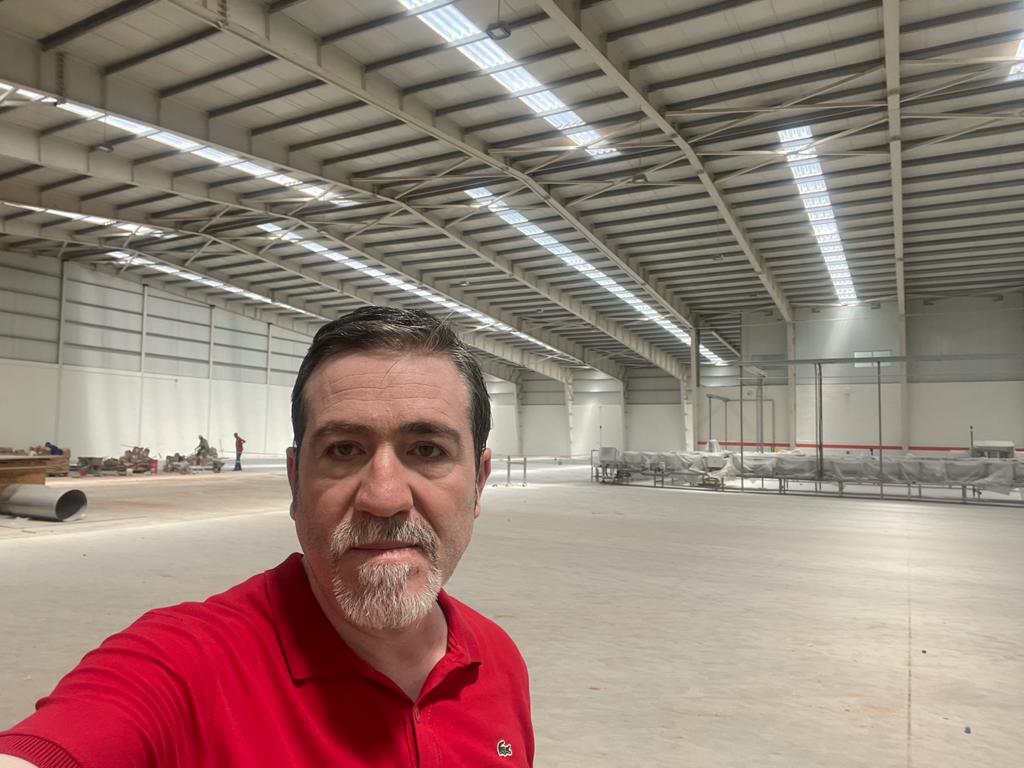International Structural Engineering Standards: A Global Perspective

Introduction to Global Engineering Standards
In today's interconnected global construction market, understanding international structural engineering standards is essential for firms working across borders. At SEBA Engineering, our projects span multiple continents, requiring expertise in various regional codes while maintaining consistent safety and quality standards.
This article provides a comparative analysis of major international structural engineering standards and how they impact global construction projects. Whether you're an engineer, architect, or building owner, understanding these differences is key to successful international projects.
Major Structural Engineering Code Systems
Eurocodes (Europe)
The Eurocode system represents one of the most comprehensive unified structural design standards, adopted across the European Union and beyond. Key features include:
- Harmonized approach across member states with National Annexes for local conditions
- Performance-based design philosophy versus prescriptive requirements
- Comprehensive coverage including geotechnical design, seismic provisions, and material-specific standards
ASCE/SEI 7 and IBC (United States)
The American Society of Civil Engineers' ASCE/SEI 7 (Minimum Design Loads for Buildings and Other Structures) and the International Building Code (IBC) form the backbone of U.S. structural design standards:
- Risk-category approach to safety factors and design requirements
- Detailed wind, seismic, and snow load provisions calibrated to U.S. conditions
- Regular updates on shorter cycles compared to other international codes
National Standards with Global Influence
Several national standards have gained adoption beyond their countries of origin:
- British Standards (BS) - Historical influence across Commonwealth countries
- German DIN standards - Strong presence in technical specifications globally
- Japanese Building Standard Law - Advanced seismic design principles
- Turkish Building Earthquake Code - Comprehensive seismic design approach following major earthquakes
Key Differences in Design Approaches
Load Combinations and Safety Factors
One of the most significant variations between code systems involves load combinations and safety factors. Eurocodes generally follow a partial safety factor approach, while ASCE/SEI 7 uses a combination of strength design and allowable stress methods. Understanding these differences is critical when transitioning between codes or when components from different regions are used together.
Seismic Design Philosophy
Seismic design approaches vary substantially across regions based on local seismicity and building traditions:
- European approach emphasizes capacity design and ductility
- U.S. codes focus on performance-based design with detailed prescriptive provisions
- Japanese codes incorporate advanced damping systems and sophisticated analysis requirements
- Turkish code provides detailed requirements based on extensive earthquake experience
Material-Specific Considerations
Steel Structures
Steel design standards show significant variation in connection design, member classification, and stability calculations. Eurocode 3 provides comprehensive coverage with material-specific partial factors, while AISC 360 (American) offers streamlined design procedures with comprehensive connection guidance.
Concrete Structures
Concrete design standards reflect regional materials and construction practices. ACI 318 (American) and Eurocode 2 differ in their treatment of shear design, deflection calculations, and reinforcement detailing. These differences can significantly impact material quantities and construction methodologies.
SEBA Engineering's Global Approach
At SEBA Engineering, our approach to international projects involves:
- Comprehensive Code Analysis: Before beginning design, we conduct a thorough analysis of applicable local codes and their interfaces with international standards.
- Multi-Code Expertise: Our engineering teams maintain certification and proficiency in multiple international codes.
- Harmonized Documentation: We develop clear documentation that transparently identifies which standards govern each aspect of design.
- Local Collaboration: We partner with local engineering firms to ensure compliance with regional requirements and construction practices.
Case Study: Multi-National Manufacturing Facility
In a recent project spanning three countries, SEBA Engineering implemented a unified design approach while satisfying different national requirements. The steel structure was designed to satisfy both Eurocode and AISC requirements, with connection details that could be fabricated in multiple regions. By carefully mapping the most stringent requirements across all applicable codes, we ensured compliance while maintaining design efficiency.
Future Trends in International Standards
The future of structural engineering codes points toward greater harmonization while maintaining flexibility for regional conditions:
- Increased adoption of performance-based design approaches
- Greater emphasis on sustainability and lifecycle considerations
- Digital delivery of code requirements through BIM and automated compliance checking
- Enhanced provisions for climate adaptation and resilience
Conclusion
As global construction continues to evolve, understanding international structural engineering standards becomes increasingly important. At SEBA Engineering, we're committed to maintaining expertise across major code systems to deliver structures that are safe, efficient, and compliant regardless of location. By embracing a global perspective while respecting local requirements, we help our clients navigate the complexities of international projects.
For more information about our approach to international projects and code compliance, contact our structural engineering team today.
